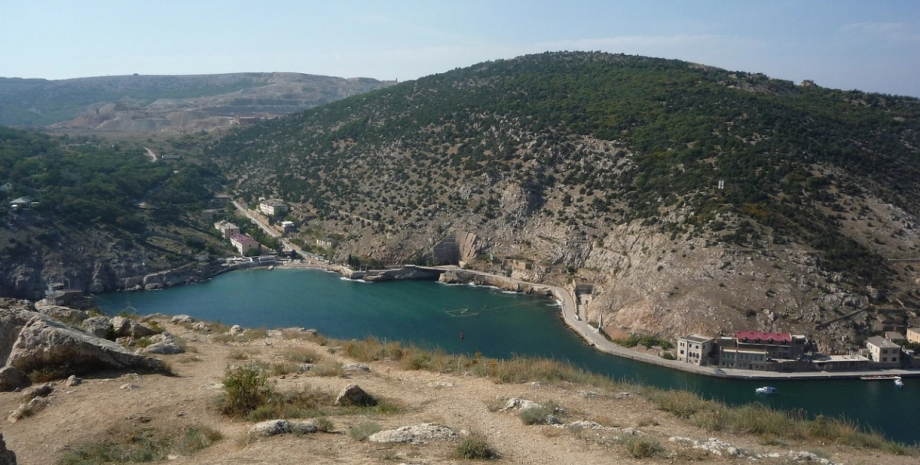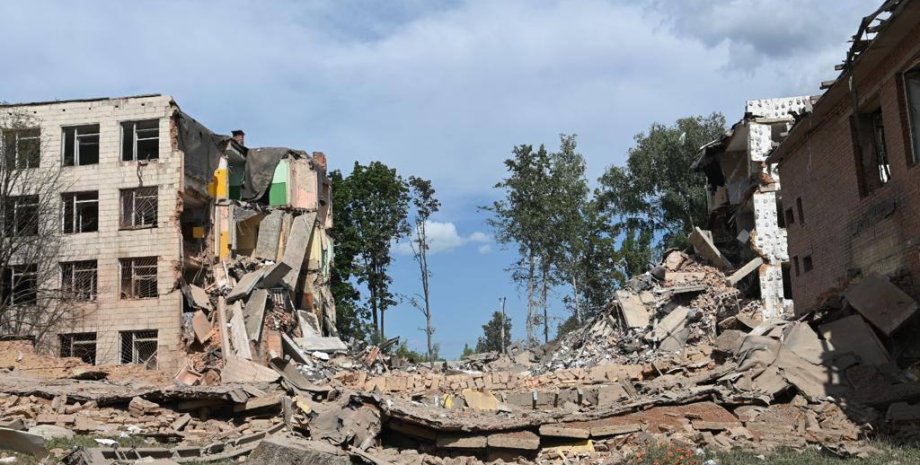
 By Eliza Popova
By Eliza Popova
Once a museum, the object "825GTS" again becomes a strategic military object that emphasizes the intensification of Russia's efforts to strengthen positions in the Black Sea region. This was reported by agents of the guerrilla movement "Atesh". "The Russian invaders in the Balaklava Bay are exacerbated by marine engineering barriers designed to protect against unmanned boats and sabotage groups," the message reads.
The restored submarine base in Balaklava is a safe and strategically important object for Russia's naval operations. The underground complex, built into the rocky, bay, is practically invulnerable to ordinary air strikes, and can be used to support and prepare the Navy. Commenting on the information, Army Recognition reviewers noted that the revival of 825Gts indicates a significant change in Russia's approach to ensuring the safety of vital objects in Crimea.
In addition to activity in Balaklava, Russia organized the base of the 91st Brigade of River Boats in the Cape Tarkhankut area near Olenivka. The base of submarines in Balaklava, known as the 825GTS object, was built at the turn of the 1950s and 1960s in the Cold War. This engineering masterpiece has become a true symbol of its time, combining strategic significance and unique protective characteristics. The complex included an artificial channel of 1.
5 kilometers long, which passed through a 126-meter rock. The depth of the channel was 8-9 meters, and the width varied from 12 to 22 meters. In parallel with it was a dry dock 107 meters long, designed to repair submarines. The base could simultaneously accommodate 7-8 submarines and up to 1500 people. The boats of 608, 613 and 633 could enter the base through the channel, go there unnoticed and go out for combat duty underwater.
During nuclear confrontation, the complex was also used to store a nuclear arsenal, which provided direct access to the tunnels. The secrecy of the object was exceptional. The approaches to the base were carefully guarded and masked so that even from a distance of 5-10 meters it was impossible to see the entrance. The special strength of the object was provided by a 70-meter layer of rock, which made it almost invulnerable to a nuclear impact with a power of up to 100 kiloton.
Even in the case of a bomb explosion in the Balaklav Bay area, the object would retain its capacity, continuing to perform the tasks. However, with the advent of new atomic submarines, the 825Gts object began to lose its value. The space of the base was not enough for the modern fleet, and the plans for expansion were not realized due to the change of priorities during the period of restructuring.
"Restoration of the object of 825 GTS and the deployment of advanced air defense systems testify to a defense strategy aimed at counteracting Ukraine's actions and protecting key military facilities," Western observers emphasized. We will remind, agents of the guerrilla movement in the temporarily occupied territories of Ukraine "Atesh" exposed the location of the headquarters of the Armed Forces of the Russian Federation, which the occupiers were placed in a civilian building in Evpatoria.










All rights reserved IN-Ukraine.info - 2022